The fantasy dream of a dashing rogue, wielding a knife in both hands, is one common in DnD 5E. However, if you want to enter the world of dual-wielding, there are a few headaches you need to overcome.
Thankfully, the system has set-in-stone rules for how dual-wielding works, and it can be quite powerful when put into the right hands. That being said, it’s also very easy to get wrong or miss something that might improve your experience with it.
Let’s go over everything you need to know about this very potent combat style.
How to dual-wield in DnD 5E

In order to let your character dual-wield in 5E, they need to have a weapon with the Light property in each hand. Shortswords, for example, can be used like this. Then, during your turn, you may use a bonus action to swing with your offhand, provided you attacked with your main hand during the turn.
It uses all relevant modifiers for an attack but does not add your ability score to the damage roll unless it is negative.
For instance, Jeffrey is a first-level Barbarian with two Scimitars—a 1d6 slashing weapon with the Light property—and 16 Strength. When attacking with the first scimitar using the Attack action, he attacks with a plus-five to attack (three from Strength, two from proficiency) and deals 1d6+3 damage—the plus-three coming from Strength.
Then, when he attacks with the second Scimitar using his bonus action after swinging with his main hand, Jeffrey rolls the same attack roll of plus-five but only deals 1d6 damage. If Jeffrey was holding a +1 Scimitar in that hand, he’d add the enchantment bonus of plus-one to the damage, but still no Strength or Dexterity.
However, if Pamela the Wizard was dual-wielding daggers with her eight Strength, she’d be dealing 1d4-1 damage with both attacks—even with the off-hand one. Sorry, Pamela.
You can throw any weapon from your main or offhand during this turn, but these attacks do not apply to ranged combat. The weapons need to have the thrown trait to be used with two-weapon fighting. You do not need to throw both weapons to throw either of them; you can mix or match tosses and stabs as you see fit.
It is important to note that this feat only works with melee attacks. You can’t shoot an arrow, pull out a Dagger, and toss it as your bonus action. To dual-wield something like two Hand Crossbows, you specifically need the Crossbow Expert feat—which is, honestly, very much worth exploring. It’s a good feat.
It is theoretically possible to put something in your hand after attacking that you can use for two-weapon fighting. For example, if you had a potion in hand and swung with your Dagger as an action, you could drop the potion, use your inventory-free action to pull out another Dagger and swing with that. It’s a fairly open ability.
Is dual-wielding good? Explained

Dual-wielding in 5E is a mediocre option, but can become powerful with planning and additional damage. You’re trading your bonus action for a melee attack that deals low damage, capping at around 1d6 without magical aid or class features. If your class doesn’t have many bonus action options, it can look enticing. But, there are a few caveats.
First, if you want to fight with two weapons, there must be some good reason. Since you can’t hold anything else in that hand, using a shield with dual-wielding is impossible. Some classes really need that plus-two to AC, and the tiny d6 of bonus damage is often not worth it.
Thankfully, there are many good reasons to dual-wield. Classes don’t often have a great bonus action on-hand, so filling the gap in with some extra damage is always a good idea. Even a d6 of bonus damage every round adds up and can eventually be the straw that breaks the camel’s back—or the Beholder’s eye stalk.
Second, both hands have to wield light weapons, which aren’t exactly the strongest in the world. The Fighter, for example, can two-weapon fight. But, to do so, they’re giving up two-handed weapons like 2d6 Greatswords, strong one-handed options like 1d8 Warhammers, and their Shield.
The extra damage from the bonus action is very rarely worth it, even if the class usually doesn’t get abilities that use up their bonus actions.
Ways to improve dual-wielding
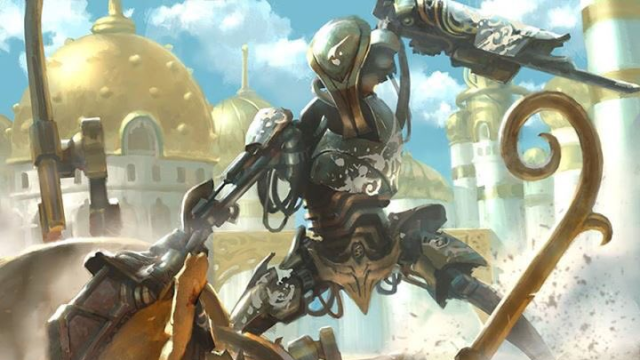
That being said, there are ways to make dual-wielding more efficient. The best possible way is through the Two-Weapon Fighting style, which adds your ability modifier to damage. Other ways include magical damage bonuses and the Dual-Wielder feat, which allows you to two-weapon fight with larger weapons.
By far the most common method of making dual-wielding feel strong is through the fighting style. Two-Weapon Fighting is available through Fighter, Ranger, and College of Swords Bards. It simply adds your stat modifier to damage when taking the bonus action to swing your off-hand weapon, but even that small amount is a heaven-sent blessing. Your ability score modifier is a gigantic portion of weapon damage, adding between three and five (or more!) damage to your bonus action.
The consistency is very nice, but so is just dealing more with every hit. No longer does this feel dinky no matter what you roll. It can be a very threatening bonus action immediately, which makes the rocket-tag action of level one DnD 5E tilt more in your favor.
Magic that applies to weapon attacks is another great way to make the action more viable. Hunter’s Mark and Hex are great examples early on, but others like Crusader’s Mantle and Elemental Weapon can also add dice to an off-hand attack. As more and more damage collects onto this bonus action, it becomes more and more important to attempt every round.
The other major method to bump up two-weapon fighting is with the Dual Wielder feat. This lets you dual-wield while using any one-handed weapon, not just light ones. It also bumps up your AC by one while two-weapon fighting and makes it easier to equip your weapons while entering combat.
This is a much harder ability to recommend. While the fighting style requires, at worst, a one-level dip into Fighter, this is a feat slot. And this feat is middling. Plus one to AC is nice, but the lifted weapon restriction is actually not that big of a deal.
You’re usually just promoting yourself from Shortswords to Longswords, which just deal d8 damage instead of d6. That’s an average of one damage. This entire feat is solved with just a plus-two to Dexterity for many builds.
Best classes for dual-wielding
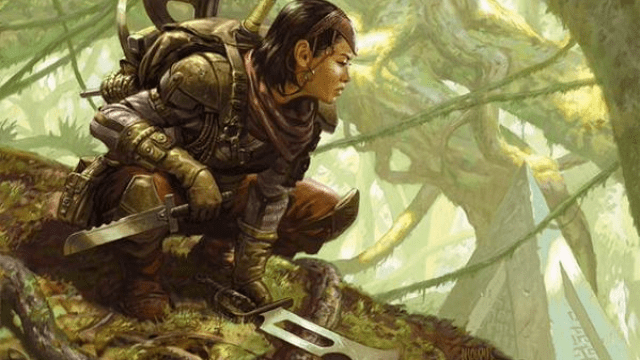
While classes like the Fighter can use the Two-Weapon Fighting fighting style to bump damage, there are several classes that can dual-wield much more effectively than they can. To truly make dual-wielding worth it, you want strong on-hit effects that turn your off-hand attack into something stronger.
Barbarian
Barbarians can use two-weapon fighting during their Rage to deal additional damage.
In most cases, this is just a minor bump to numbers. A Barbarian with a single Fighter level to get Two-Weapon Fighting, however, can find their damage to be quite significant. By level 17, and without magical weapons, a Raging Barbarian can deal 1d6+9 with an off-hand swing. That’s pretty good for a bonus action, even by that late point.
This can be a good way to ensure that Barbarians without good access to bonus actions, like the Totem Warrior, have something to do.
Druid
Dual-wielding is not the first thing that comes to mind for Druids, but Circle of Spores Druids have some incentives to do so. While Symbiotic Entity is online, your offhand attack deals that bonus 1d6 necrotic damage.
This isn’t exactly a game-breaking thing, but with a Fighter dip, this can be a pretty big bump in damage with each bonus action. 2d6+5 is nothing to shake a stick at.
Paladin
Channeling your god’s fury into a bonus action is normally not the Paladin’s forte. But, the off-hand attack is another point where a Paladin is allowed to Divine Smite.
This is a big resource dump, but a Paladin using Two-Weapon Fighting can access upwards of 18d8 dice of damage per round from smites alone. We’ve talked about how the d6 damage of a Scimitar is not always worth much. But, when we’re talking d6+6d8? That’s damage that is worthy of a fiery Paladin.
Ranger
Rangers have a very simple incentive to Two-Weapon Fight—Hunter’s Mark. While dual-wielding can be a bit of a time-sink for other classes with little payoff, the Ranger capitalizes on it well. This off-hand attack can add their ability modifier in damage using their fighting style while also applying Hunter’s Mark. That’s another occasion where 2d6+5 is easily achievable.
Rogue
Unlike other options on this list, the Rogue offers an entirely different reason to dual-wield; it’s a backup plan. If you miss your Action, you still have a chance to Sneak Attack.
A Rogue that whiffs their weapon attack is in a very tough situation. They’re going from dealing upwards of 11d6+5 damage to nothing. So, by adding an off-hand attack, they at least get some bonus chance to skyrocket up the damage board in the round.
And their bonus action is otherwise dedicated to a defensive action, like Disengage or Hide. If they don’t need to do that, then they might as well swing for the fences. They’re not using that hand for anything else that turn.


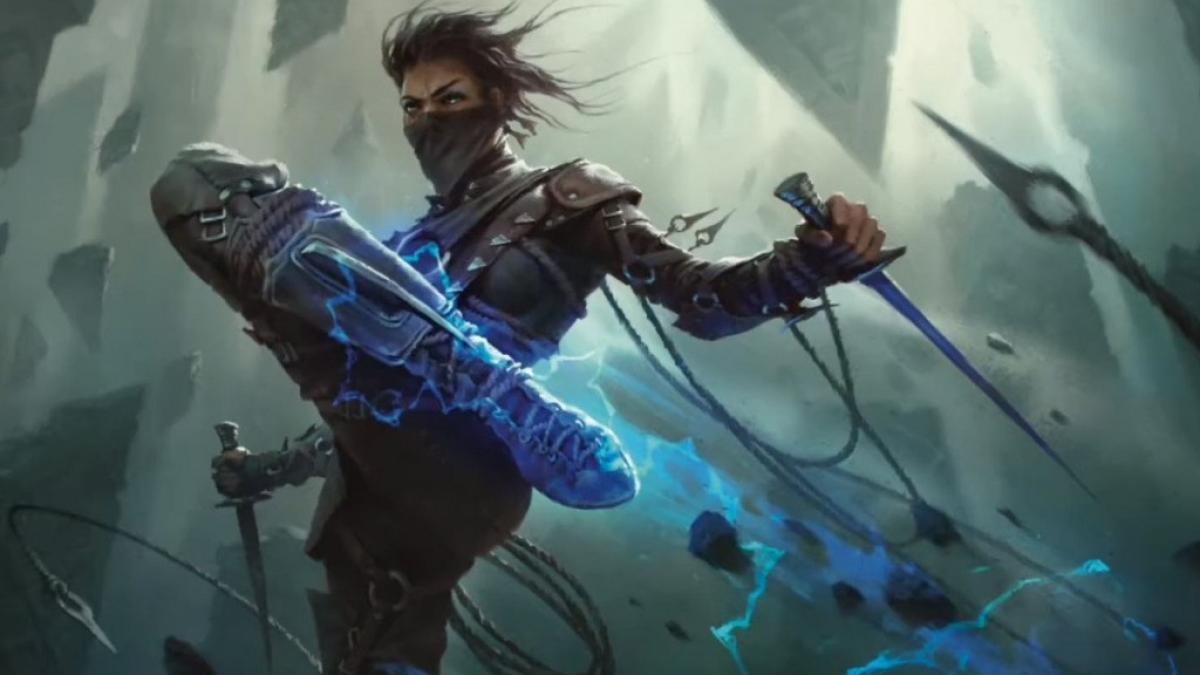


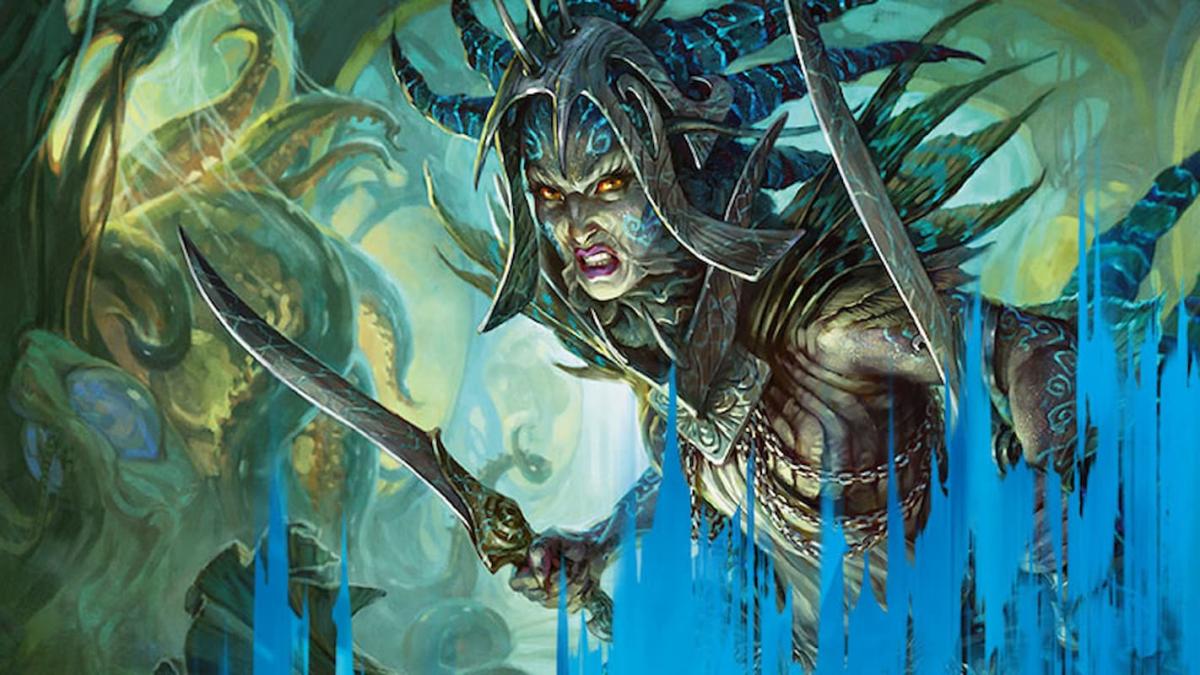
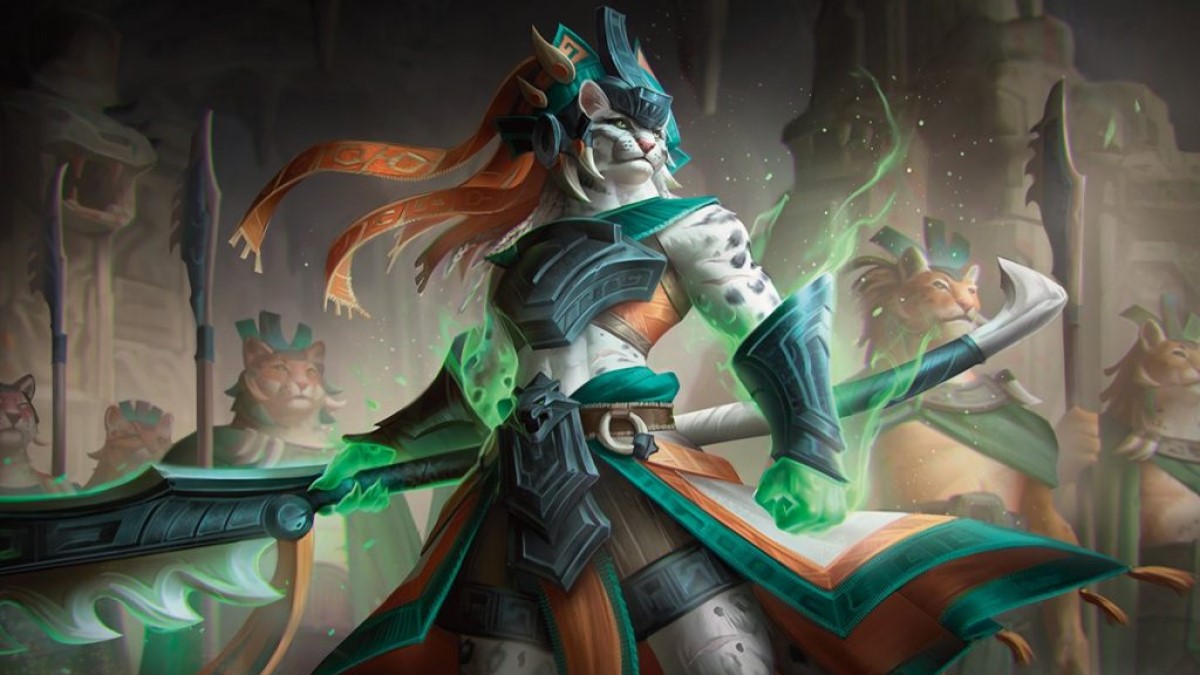
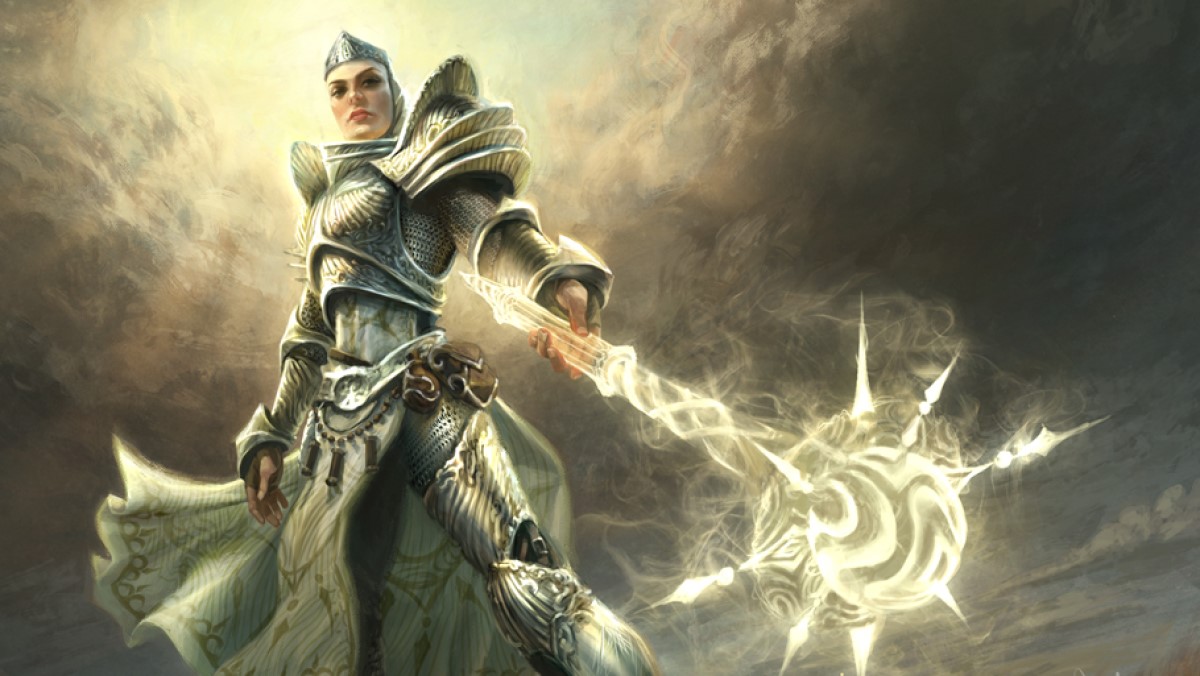




Published: Oct 27, 2023 12:55 am